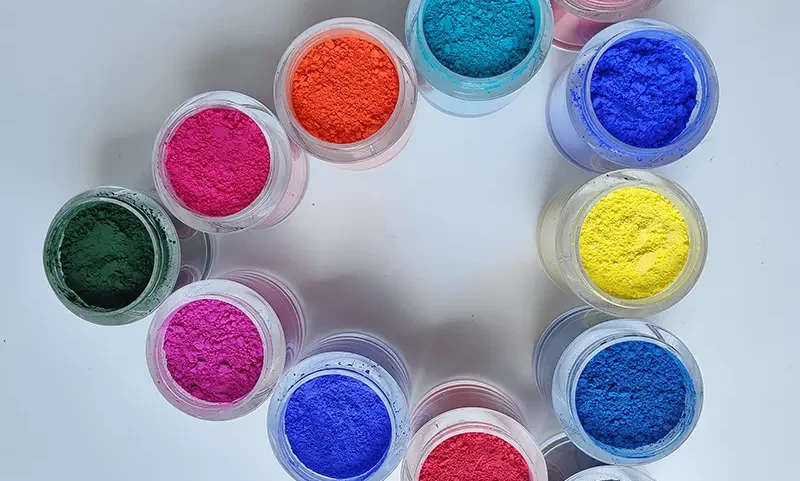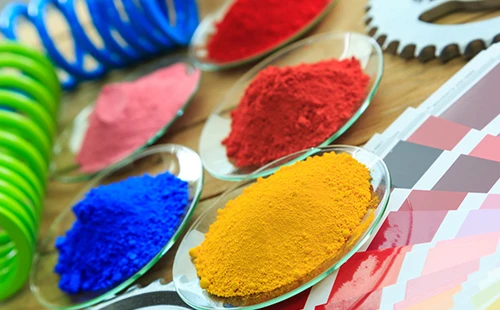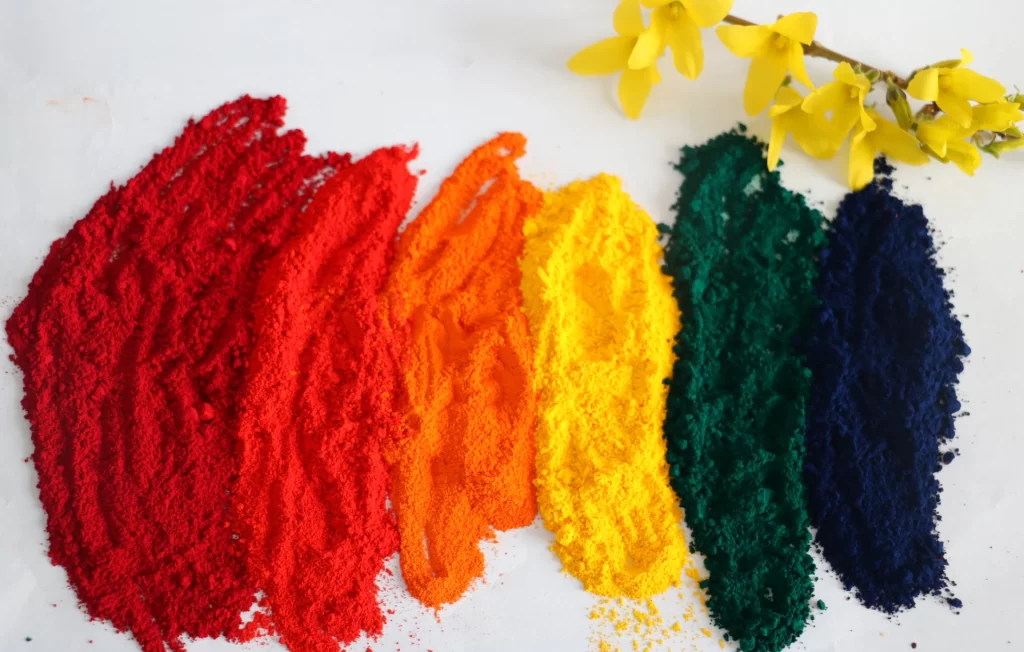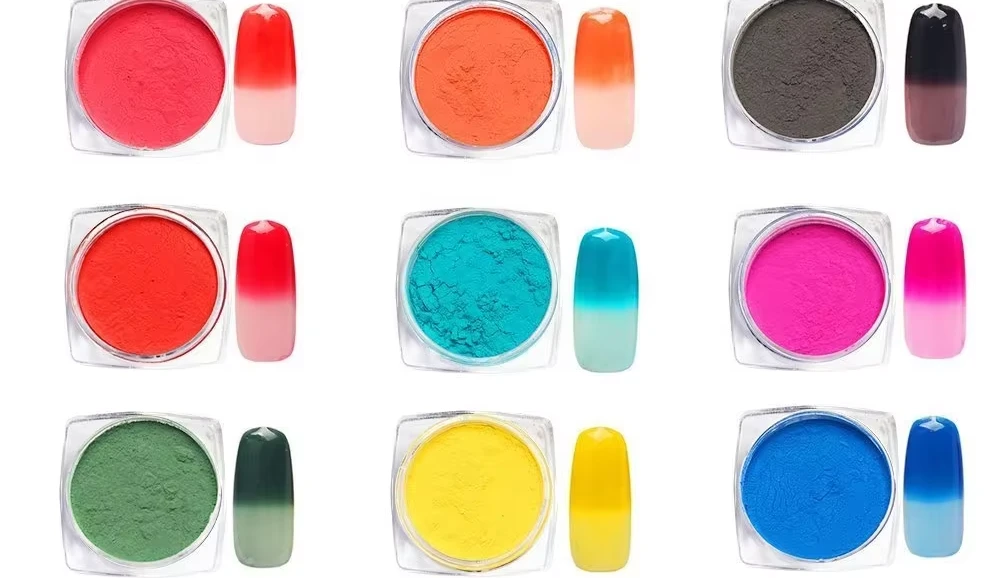Compared with inorganic pigments with toxic heavy metals, organic pigments are widely favored thanks to bright colors, high chroma and generally non-toxic feature. However, drawbacks including poor weather fastness, unsatisfactory dispersibility and high processing cost in organic pigments have led to the emergence of new or modified organic pigments that are featured with better performance, high efficiency and environment friendliness. And such products are already deemed future-dominating. The preparation of new organic pigments by synthesis technique is technically complex and costly, while the modification of existing pigments can be achieved more efficiently and easily, and also beneficial to the satisfaction of needs in market development. Currently, pigment modification can be achieved by core-shell, encapsulation and surface modification techniques.

1. Core-shell Technique for Organic Pigments
Under this technique, organic materials (like SiO2, montmorillonite, attapulgite, sepiolite and kaolin) absorb organic molecules through the inter-reaction of electrostatic adsorption, physical adsorption, chemical adsorption, etc. and are synthesized to fabricate good-performing inorganic/organic composite pigments. Unlike the simple combination of inorganic fillers, this technique achieves an integration with the surface and inside of inorganic substances, a feature that retains original bright colors and strong chroma of organic pigments, and inherits great properties of fastness to high temperature and weather as well as acid-alkali resistance in inorganic substances, while in the meantime, reducing pigments’ production cost to a large degree. Some chemists apply montmorillonite to prepare montmorillonite composite organic pigments and use hematite as the inorganic core to absorb methyl blue, a kind of cationic pigment, and the results indicate that proper particle diameter is more helpful in the preparation of more stable inorganic composite pigments. When sepiolite and montmorillonite are used as the inorganic core to encapsulate and modify methyl green organic pigments for the fabrication of composite pigments, the results suggest good fastness from encapsulated organic pigments.

2. Encapsulation Technique for Organic Pigments
This technique uses specific compounds or polymers as the encapsulation material to form a transparent encapsulation film on the surface of pigments, and is able to render prepared composite pigments highly resistant to external environment conditions, which helps improve the pigment in every aspect. Upon the preparation of composite pigments, the sol-gel method is employed to encapsulate a transparent SiO2 inorganic layer on the surface of composite pigments for the purpose of improving organic pigments’ performances like weather fastness and acid-alkali resistance. When attapulgite is used as an inorganic core to adsorb indigo pigment to prepare a Maya Blue-like composite pigment based on how Maya Blue is created, and a layer of SiO2 is encapsulated on it, the results indicate that modified organic pigments witness significant improvement in every aspect.

Surface Modification Technique for Organic Pigments
This technique uses the employment of physical or chemical modification approaches in which surfactant modifiers, high-molecular compounds, coupling agents, and other chemical agents are used to reinforce the surface polarity of pigments, an approach that can enhance the inter-reaction and compatibility between pigments and contact mediums, reduce particle aggregation, and improve the wettability and dispersibility of pigments. Surface modification can be achieved through surface modification by surfactant, modification by pigment derivatives, treatment by high-molecular compounds, treatment by grinding, acid dissolution, acid swelling, and organic solvent, and treatment by inorganic compounds.

(1) Surface modification by surfactant
The fundamental of this method is to attach surfactant carrying specific groups onto the surface of pigments through charge characteristics like electrostatic adsorption, hydrogen bonding, and chemical bonding, which can alter the polarity of pigments to enhance their performances. When the pigment Organic Red 177 is modified with the treatment of rosin coating by surfactant, its performances such as color, brightness and fastness are found further improved. When polyethylene glycol is applied as the surfactant to modify copper phthalocyanine blue pigment, the pigment’s wettability and dispersibility are enhanced.
(2) Modification by pigment derivatives
This method employs pigment derivatives with specific substituent groups as the modifier to modify the surface of pigments for the purpose of further improving the dispersibility and surface gloss of pigments.
(3) Treatment by grinding, acid dissolution, acid swelling, and organic solvent
Under this method, pigments will be ground and dissolved into certain mediums to disperse coarse pigment particles and alter the sizes and crystal shapes of the particles. This not only removes impurities to obtain stable purified products but also enhances the coloring capability of organic pigments.
Organic Pigments Powders
Related Blogs
What Types of Inorganic Pigments and Organic Pigments?
How to use Thermochromic Pigments Correctly?
Guide on Fabric Colorants: (Types, Uses, Techniques and How to Buy)



